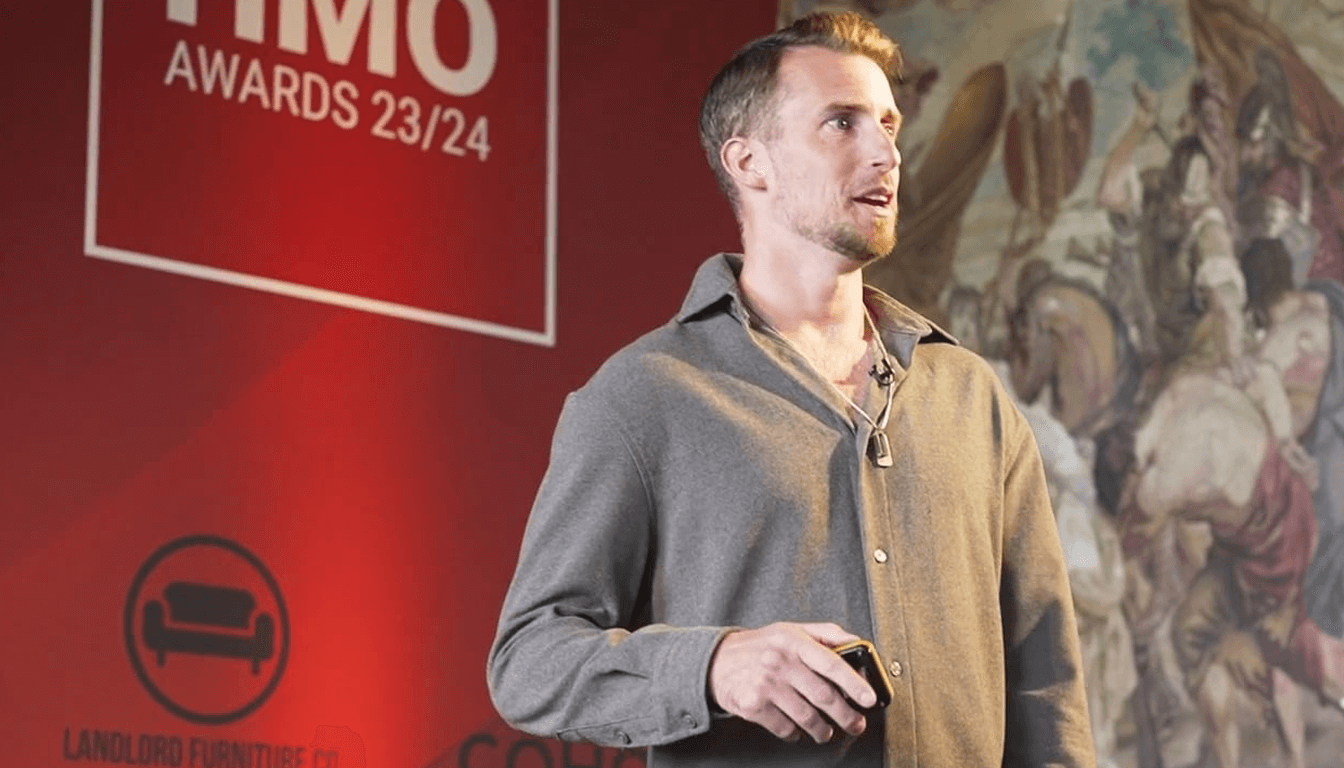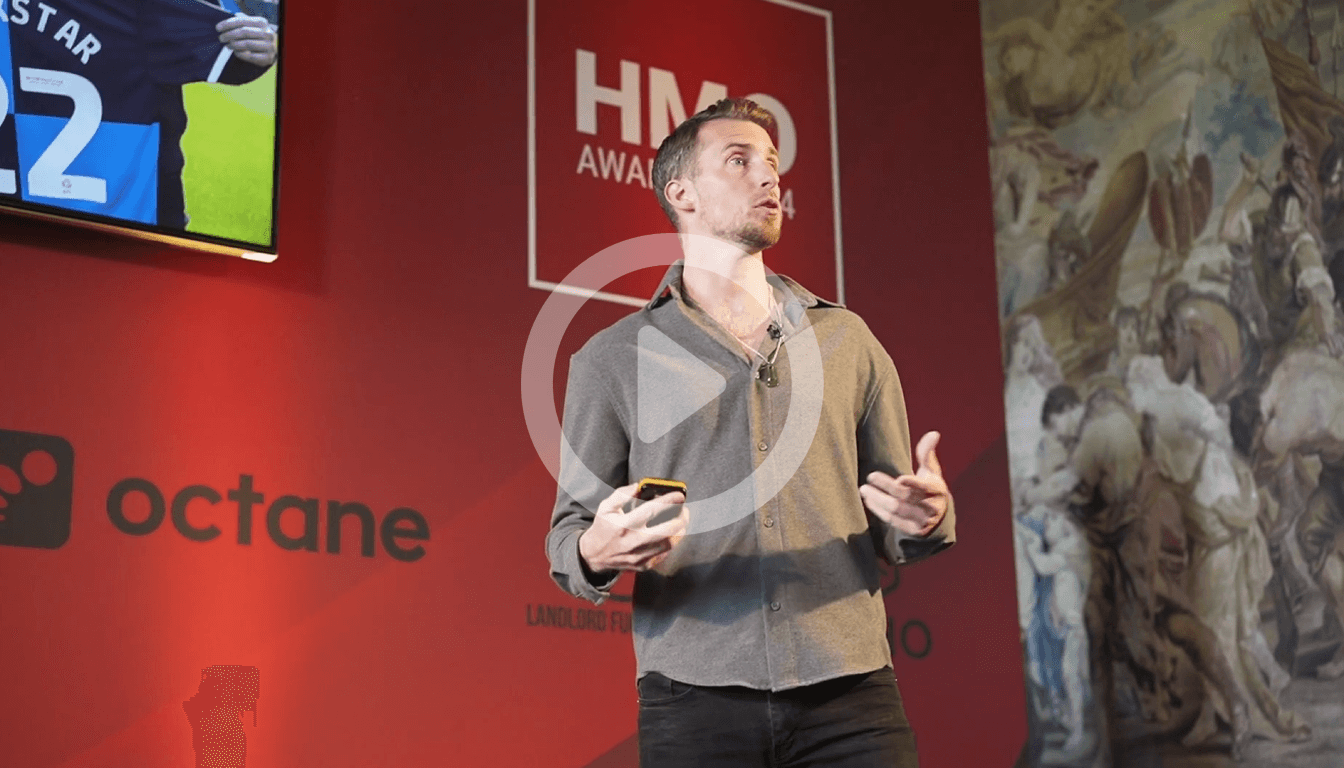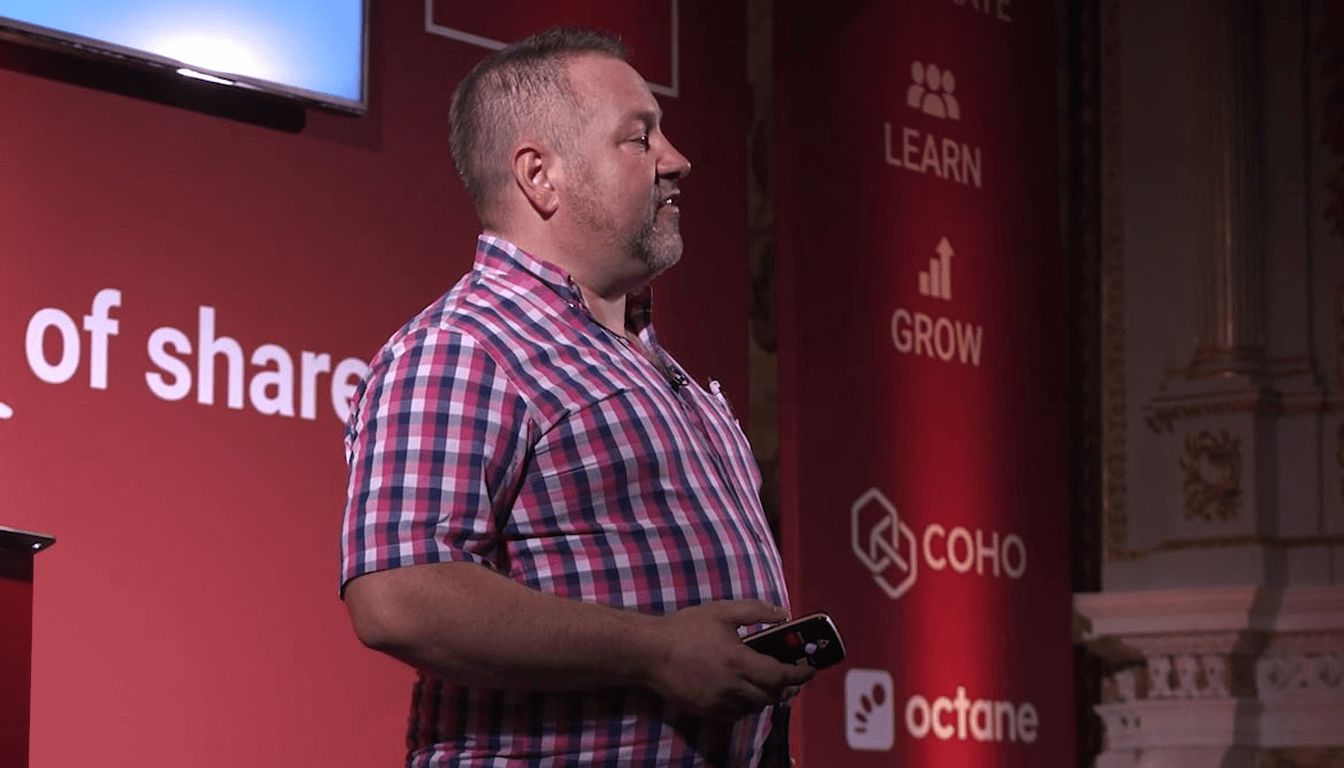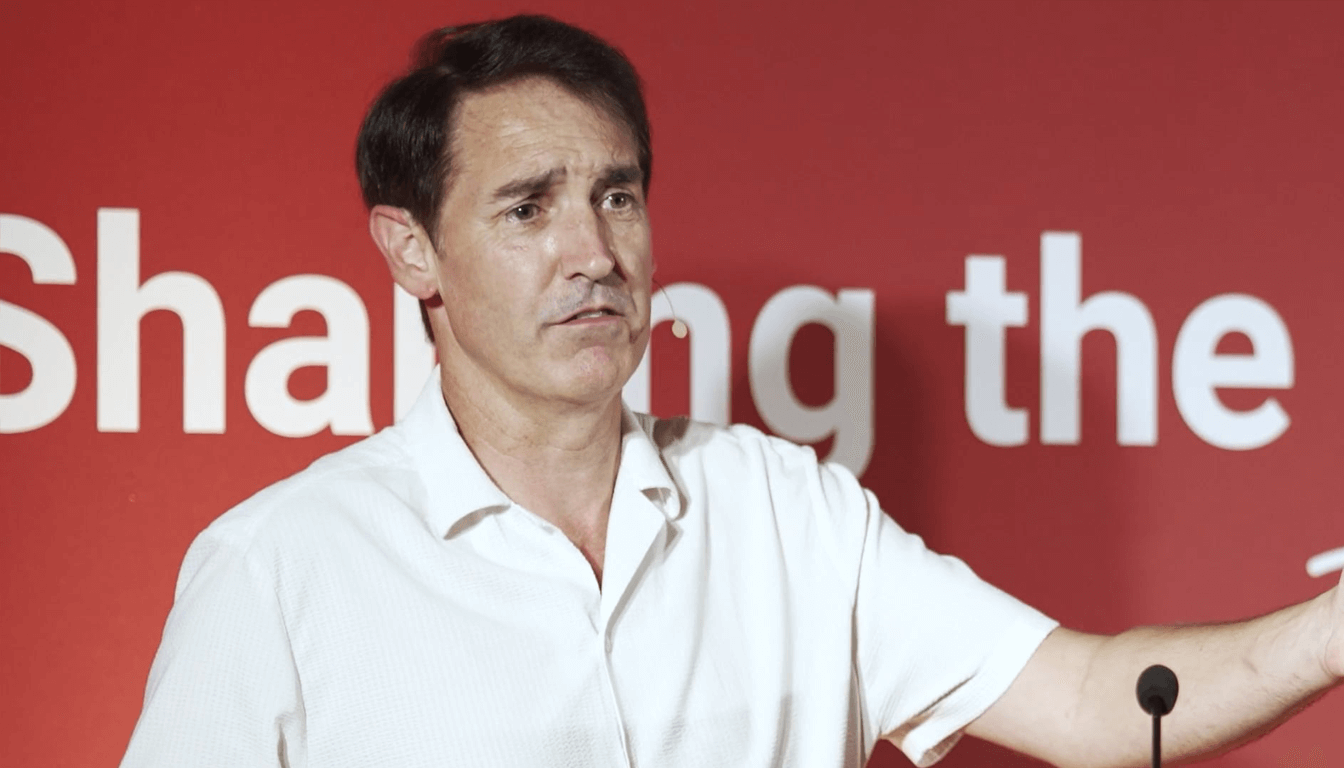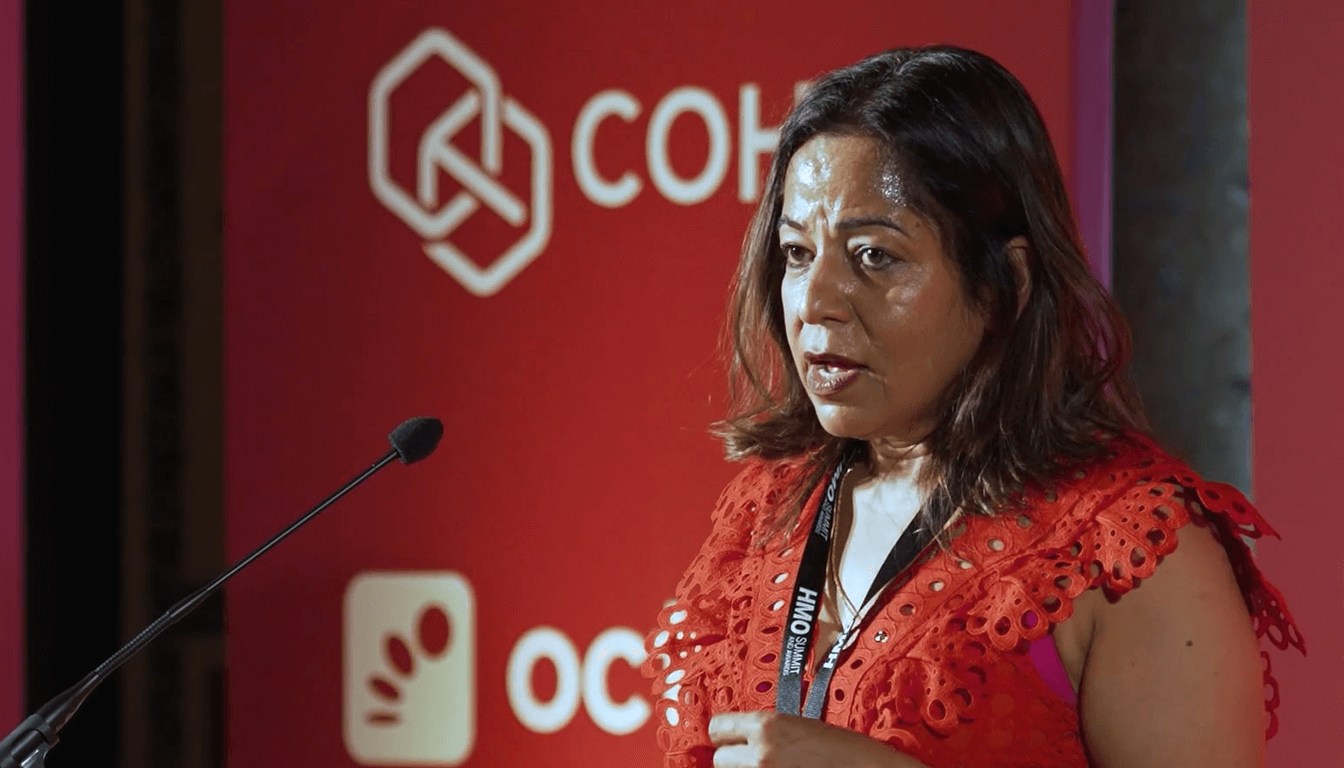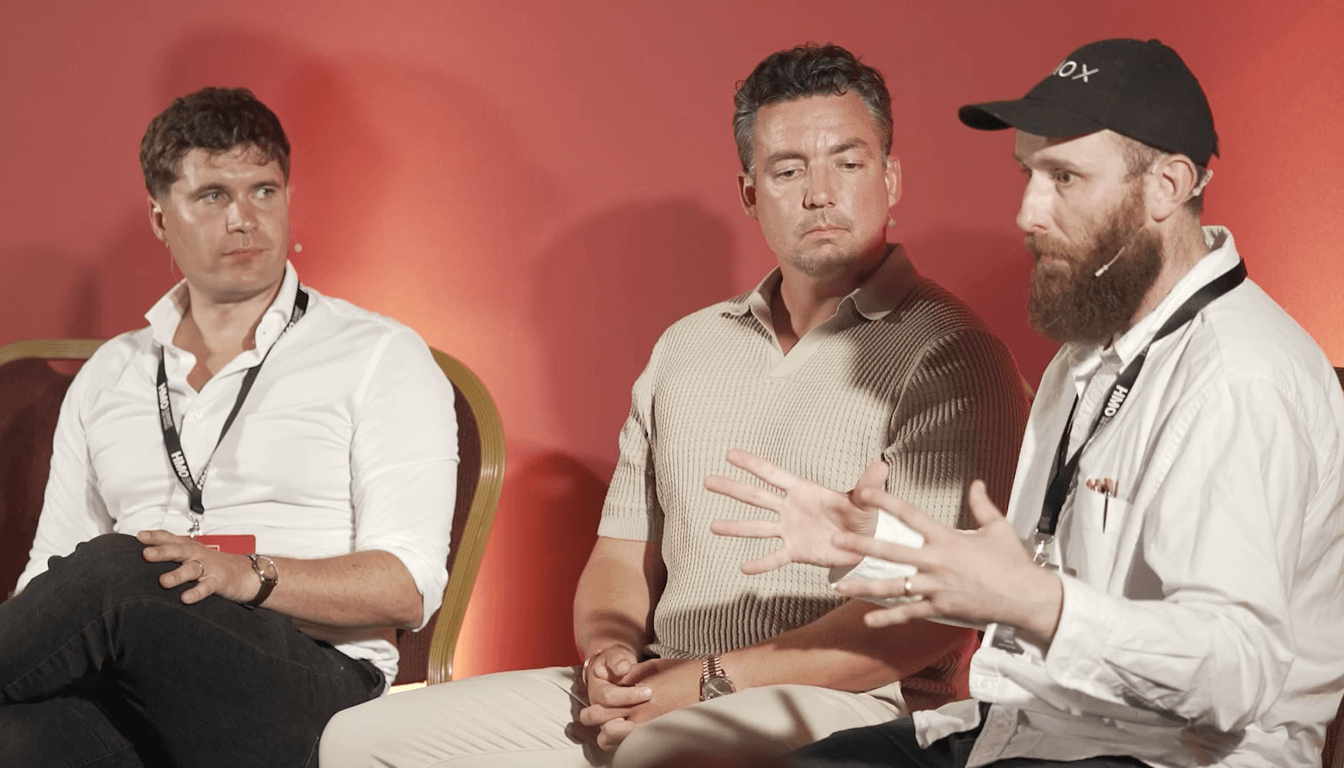From Drumming Abroad to Dominating Property: An Unlikely Beginning
The journey into property didn’t begin in a boardroom — it began on tour in South America as a drummer. There was no inheritance, no pre-written playbook, and certainly no startup capital waiting to be deployed. Just a passion for creativity, a background in arts and music, and a mindset that questioned why others could invest in property… and why not him?
After selling an after-school arts business at age 21, the first property was purchased — a modest £53,000 terraced home in Nottinghamshire. This wasn’t a fancy buy-to-let. It was a practical move, grounded in the simple belief that housing could be both a solid investment and a purposeful venture.
Mastering the Flip Game: A Decade of Learning by Doing
From his early 20s to early 30s, the strategy was clear: buy, renovate, and sell shared houses — long before they were called “co-living” or even formally labelled as HMOs. These were practical, no-frills shared homes aimed at meeting the strong tenant demand in regional towns.
Over ten years, more than 30 properties were flipped. Each one added more than just cash flow — it brought operational insight, contractor relationships, financial learning, and confidence. The flips generated over £250,000 in net capital, but more importantly, they created a blueprint for scale.
The Turning Point: Scaling Without Limits
The flips provided capital, but also revealed a fundamental limitation: savings alone would never enable real scale. The turning point came when the strategy shifted from self-funding to joint ventures with private investors.
This was the simple but powerful proposition:
“You bring the money. I bring the deal, project management, tenanting, and long-term vision. We split the profit 50/50.”
This model allowed for 40+ HMOs to be acquired in just two years — a rate of growth that would have been impossible with personal savings. The use of joint ventures wasn’t about clever sales tactics or flashy presentations. It was about trust, performance, and delivering consistent value to partners.
The Funding Formula: No-Money-Down Done Right
Here’s how the no-money-down model worked, step by step:
Step 1: Secure the Property with Bridging Finance
A typical HMO deal might cost £300,000. A bridging lender would finance 75% of that — £225,000 — secured against the asset. The remaining £75,000 deposit, along with around £50,000 in renovation costs, would come from the investor.
Step 2: Add Value Through Renovation
Properties were transformed into high-end HMOs with quality interiors, modern kitchens, en-suites, and thoughtful spatial planning. These weren’t basic refurbs — they were aimed at maximizing both tenant demand and future valuations.
Step 3: Refinance at the New Valuation
Post-renovation, the property might be valued at £500,000. A new buy-to-let mortgage could then be taken out at 75% LTV, freeing up £375,000.
Step 4: Exit and Profit
The bridge is repaid with £225,000. The remaining £150,000 is split equally: £75,000 to the investor, £75,000 to the operator — both tax-free under current capital structures. And best of all, the property is retained in the portfolio, producing strong monthly cashflow.
Multiply this across multiple deals — and the results compound fast. Over £2 million in tax-free refinance cash was generated, and every investor has been successfully bought out. The entire portfolio remains in ownership, debt-managed, and cash-flowing.
A Three-Part Portfolio Strategy for Long-Term Sustainability
Rather than focusing solely on income, the portfolio was carefully structured to balance growth, risk, and flexibility. It comprised:
- Cashflow HMOs: Properties on interest-only mortgages designed to maximise free cash each month.
- Repayment Properties: Some properties were intentionally mortgaged with capital repayment plans to steadily reduce debt over time.
- Liquidity Assets: A few properties were kept in a condition and location that made them ideal for resale, providing emergency liquidity if needed.
This triage system allowed for scalable expansion while de-risking overexposure to any single debt strategy.
Why It Worked: A Different Approach to Investor Relations
There was never any desire to become a “sourcer.” Every project was managed in-house. Investors weren’t seen as buyers of deals — they were equity partners. Each investor:
- Had legal contracts and transparency from day one
- Was not locked in if they needed to exit
- Was kept updated throughout every phase of the deal
- Received a fair and generous 50% of the profit
By creating meaningful returns and consistently delivering what was promised, the business was able to work with repeat investors — building a network of trust rather than constant pitching.
Are HMOs Still a Smart Investment?
Despite rising regulations and increased competition, HMOs remain one of the highest-yielding residential asset classes — especially when done with a premium product and operational excellence.
Some rooms now rent for as high as £825 per month in non-London markets — prices comparable to cities like Reading or Edinburgh. When combined with high occupancy, long tenancies, and efficient management, margins can soar.
The key, however, is in delivering an experience that justifies the price:
- Beautiful, thoughtfully designed interiors
- Functional layouts that support real lifestyles
- Community-driven touches
- Responsive management and maintenance
It’s not just about rooms — it’s about homes.
Mindset Over Money: What Really Drives Growth
The most powerful message in this journey is not that the money was raised — but that it was possible without ever relying on personal wealth. What made it work?
- A clear, repeatable model
- Relentless attention to investor returns
- A long-term view of the market and team
- Clear ethics: no overselling, no under-delivering
- A vision not just for profit — but for legacy
In the end, it’s not about flipping properties or chasing trends. It’s about compounding good decisions over years, building systems that serve people well, and creating housing that tenants are proud to call home.
The capital? It’s out there.
The real question is — are you ready to be the person people trust to grow it?
From Drumming Abroad to Dominating Property: An Unlikely Beginning
The journey into property didn’t begin in a boardroom — it began on tour in South America as a drummer. There was no inheritance, no pre-written playbook, and certainly no startup capital waiting to be deployed. Just a passion for creativity, a background in arts and music, and a mindset that questioned why others could invest in property… and why not him?
After selling an after-school arts business at age 21, the first property was purchased — a modest £53,000 terraced home in Nottinghamshire. This wasn’t a fancy buy-to-let. It was a practical move, grounded in the simple belief that housing could be both a solid investment and a purposeful venture.
Mastering the Flip Game: A Decade of Learning by Doing
From his early 20s to early 30s, the strategy was clear: buy, renovate, and sell shared houses — long before they were called “co-living” or even formally labelled as HMOs. These were practical, no-frills shared homes aimed at meeting the strong tenant demand in regional towns.
Over ten years, more than 30 properties were flipped. Each one added more than just cash flow — it brought operational insight, contractor relationships, financial learning, and confidence. The flips generated over £250,000 in net capital, but more importantly, they created a blueprint for scale.
The Turning Point: Scaling Without Limits
The flips provided capital, but also revealed a fundamental limitation: savings alone would never enable real scale. The turning point came when the strategy shifted from self-funding to joint ventures with private investors.
This was the simple but powerful proposition:
“You bring the money. I bring the deal, project management, tenanting, and long-term vision. We split the profit 50/50.”
This model allowed for 40+ HMOs to be acquired in just two years — a rate of growth that would have been impossible with personal savings. The use of joint ventures wasn’t about clever sales tactics or flashy presentations. It was about trust, performance, and delivering consistent value to partners.
The Funding Formula: No-Money-Down Done Right
Here’s how the no-money-down model worked, step by step:
Step 1: Secure the Property with Bridging Finance
A typical HMO deal might cost £300,000. A bridging lender would finance 75% of that — £225,000 — secured against the asset. The remaining £75,000 deposit, along with around £50,000 in renovation costs, would come from the investor.
Step 2: Add Value Through Renovation
Properties were transformed into high-end HMOs with quality interiors, modern kitchens, en-suites, and thoughtful spatial planning. These weren’t basic refurbs — they were aimed at maximizing both tenant demand and future valuations.
Step 3: Refinance at the New Valuation
Post-renovation, the property might be valued at £500,000. A new buy-to-let mortgage could then be taken out at 75% LTV, freeing up £375,000.
Step 4: Exit and Profit
The bridge is repaid with £225,000. The remaining £150,000 is split equally: £75,000 to the investor, £75,000 to the operator — both tax-free under current capital structures. And best of all, the property is retained in the portfolio, producing strong monthly cashflow.
Multiply this across multiple deals — and the results compound fast. Over £2 million in tax-free refinance cash was generated, and every investor has been successfully bought out. The entire portfolio remains in ownership, debt-managed, and cash-flowing.
A Three-Part Portfolio Strategy for Long-Term Sustainability
Rather than focusing solely on income, the portfolio was carefully structured to balance growth, risk, and flexibility. It comprised:
- Cashflow HMOs: Properties on interest-only mortgages designed to maximise free cash each month.
- Repayment Properties: Some properties were intentionally mortgaged with capital repayment plans to steadily reduce debt over time.
- Liquidity Assets: A few properties were kept in a condition and location that made them ideal for resale, providing emergency liquidity if needed.
This triage system allowed for scalable expansion while de-risking overexposure to any single debt strategy.
Why It Worked: A Different Approach to Investor Relations
There was never any desire to become a “sourcer.” Every project was managed in-house. Investors weren’t seen as buyers of deals — they were equity partners. Each investor:
- Had legal contracts and transparency from day one
- Was not locked in if they needed to exit
- Was kept updated throughout every phase of the deal
- Received a fair and generous 50% of the profit
By creating meaningful returns and consistently delivering what was promised, the business was able to work with repeat investors — building a network of trust rather than constant pitching.
Are HMOs Still a Smart Investment?
Despite rising regulations and increased competition, HMOs remain one of the highest-yielding residential asset classes — especially when done with a premium product and operational excellence.
Some rooms now rent for as high as £825 per month in non-London markets — prices comparable to cities like Reading or Edinburgh. When combined with high occupancy, long tenancies, and efficient management, margins can soar.
The key, however, is in delivering an experience that justifies the price:
- Beautiful, thoughtfully designed interiors
- Functional layouts that support real lifestyles
- Community-driven touches
- Responsive management and maintenance
It’s not just about rooms — it’s about homes.
Mindset Over Money: What Really Drives Growth
The most powerful message in this journey is not that the money was raised — but that it was possible without ever relying on personal wealth. What made it work?
- A clear, repeatable model
- Relentless attention to investor returns
- A long-term view of the market and team
- Clear ethics: no overselling, no under-delivering
- A vision not just for profit — but for legacy
In the end, it’s not about flipping properties or chasing trends. It’s about compounding good decisions over years, building systems that serve people well, and creating housing that tenants are proud to call home.
The capital? It’s out there.
The real question is — are you ready to be the person people trust to grow it?

